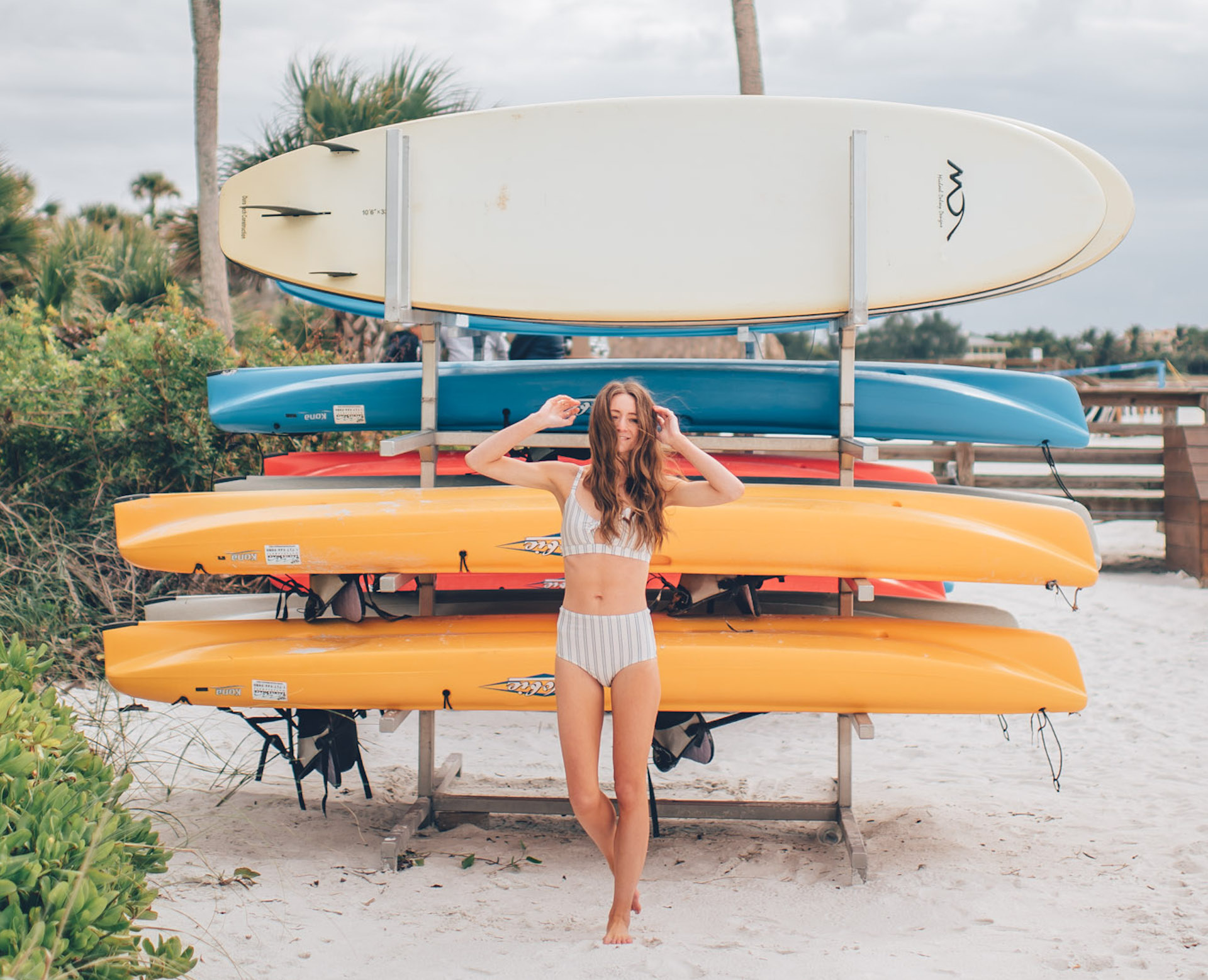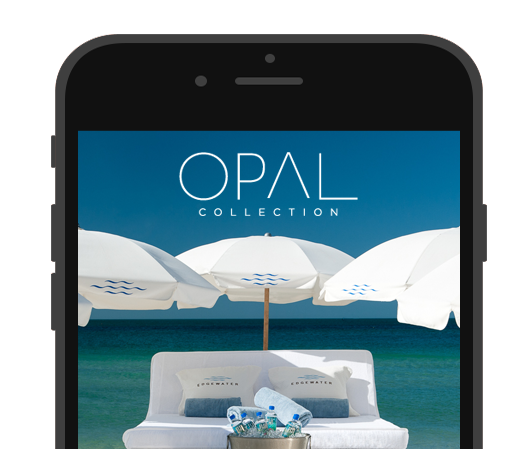This is the current information we have for the Abacos following the unprecedented devastation of Hurricane Dorian. Please feel free to comment with new information. The picture is ever-changing with steps being taken to begin the rebuilding of lives and structures. We are awaiting email reports from all the marinas in the Abacos and will post new info when we get it. The same with Grand Bahama. No news from there yet.
The numbers are staggering in the Abacos: With only 54 identified as deceased, there are still 1,300 people missing and 70,000 displaced. Many bodies are beyond identification. 70% of the islanders have lost their homes and most businesses suffered catastrophic loss.
FERRY SERVICE
One BOLO ferry survived at Green Turtle Cay. The others were damaged or sunk. HopeTown, Man-o-War and Guana Cay ferries were damaged or sunk. None currently operational.
SPANISH CAY
Spanish Cay is selling fuel. No other update available.
GREEN TURTLE CAY
The GREEN TURTLE CLUB is partially open. They have dockage and fuel but no water or electricity at the dock. Cash is required since without electricity and Internet, the Club can’t process credit cards. The channel into White Sound is clear of debris. The Club expects to be fully operational with food and beverages, rooms, villas, dockage, fuel, water, chandlery, and gift shop by March 1, 2020.
BRENDAL’S DIVE SHOP is recovering and opening soon.
McINTOSH’S is serving food.
PHONE: ALIV cell phones are working and can be used as hotspots for Internet service.
BLUFF HOUSE sustained major destruction to the docks and buildings. There are no docks, no services there at the present time.
The same with the OTHER SHORE CLUB in Black Sound. Their main dock from the land is partially secured, but the outer pier with fuel and dockage is destroyed, so there is no way to get ashore and no facilities there.
LEEWARD YACHT CLUB had damage to its building and part of the piers. Boats were sunk there. No services are available.
ABACO YACHT SERVICES had many long-term storage boats fall off cradles and suffer damage.
Construction has already begun to restore homes and businesses and clear endless piles of debris. There is no water or electricity in the town. Some people have their own generators. Relief efforts continue with locals and outside volunteers coming in to help with construction, food, medical care, etc. The school miraculously survived as a shelter for the entire town until after the hurricane passed. The road that extends the length of the cay is open. Freight boats have been coming in with supplies and construction crews. A BobCat loader was donated to help fill the dump trucks with massive piles of debris. Watermakers has come in to help with supplying bottled drinking water for the islanders and construction crews. Also crews have set up a kitchen for workers with basic meals.
BAKERS BAY
Many houses were destroyed but the marina fared better than most in the area with docks mostly intact.
TREASURE CAY
Many boats were sunk at the marina. The fuel dock is gone but we understand that they are somehow selling fuel.
HOPETOWN
See earlier letter from Lighthouse Marina concerning the extent of damages. The entire inner harbour had many buildings completely wiped out, including the Harbour Lodge and Captain Jacks. We are awaiting a report from Hope Town Marina. Farther south on Elbow Cay, Sea Spray Marina and resort were leveled.
MARSH HARBOUR
Maxwell’s Supermarket & Home Store
October 9 at 7:35 PM
We’re excited to announce we plan for a soft opening on Thursday, November 7th!!
The supermarket is now almost back to rights!
As shipping and delivery logistics are starting to improve, grocery orders have now been placed. We’re still waiting on a few more register computers and refrigeration parts which we should receive by next week.
In an effort to help restore commerce on Abaco, we’re also very pleased to announce that Commonwealth Bank will be opening a satellite branch within Maxwell’s.
Thank you for your continued support and we look forward to serving you again very soon!
Stay tuned for further updates
Maxwell’s
MARINAS
We are expecting to get first-hand reports from the five marinas in Marsh Harbour (Boat Harbour at Abaco Beach Resort, Conch Inn, Mangoes, Harbour View and Marsh Harbour Marina.) Basically, they were all greatly damaged and there are no services in MH at this time. It remains to be seen which will rebuild and reopen.
POWER PLANT
The electric power plant on Great Abaco is generating but the poles are all down. There is no electricity north of the plant, virtually north of Little Harbour.
VOLUNTEERS NEEDED
The US Coast Guard came in right away to evacuate the injured and those who had lost homes and all their possessions. Currently, there is much work to be done to rebuild the damaged and destroyed structures on all of these islands. The biggest issue is that volunteers need to be able to sustain themselves with food, water, lodging, electricity and any other supplies. There are no services or accommodations. Those with construction skills (and tools), who also provide their own place to stay such as a cruising boat, are the most helpful in these challenging circumstances. The islanders themselves can’t provide any accommodations for help. Many of them still don’t have roofs on their homes or a reliable source of food and water, not to mention electricity. Check the local websites for direction and information.



































Be the first to comment!